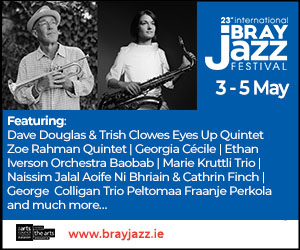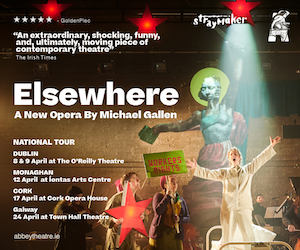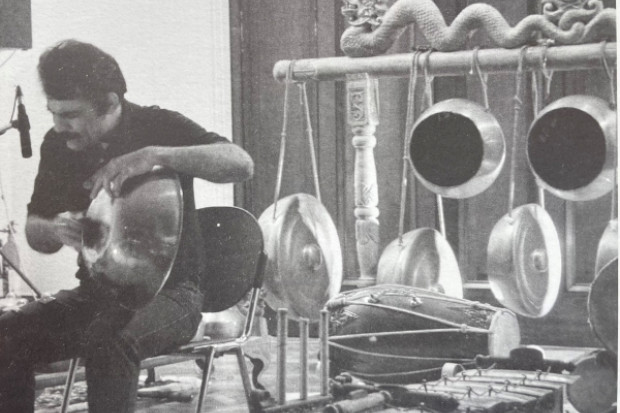
CD Reviews: Francis Heery: Garry Kasparov vs. Deep Blue
The likably strange American comedian Emo Philips once observed that a computer had beaten him in a game of chess. ‘But,’ the comic added, ‘it was no match for me when it came to kick-boxing.’
My sympathies are with Philips in this matter, as they were a decade ago with former Grand Master and youngest-ever World Chess Champion Garry Kasparov, when he suffered the public humiliation of being defeated by IBM’s Deep Blue computer at the end of what had proved to be a suprisingly titantic struggle, pitting prowess against programming, man against machine.
The focus of ex-Trinity Music and Media Technologies Masters student Francis Heery’s new, self-produced, minimally packaged, compact but dense composition is the week-long third encounter between Kasparov and super-computer in New York in 1997. Astonishingly, the notion of computer chess can be dated as far back as 1833, but in the last decade of the last century, when the contention that mathematical algorithms could match and better the mental agility of a human was put to the test, it provoked astonishing pandemonium. Underneath the media frenzy attending the dual conceits of IBM and Kasparov, it was as if something antediluvian and primal had been forced back to the surface to swirl menacingly in the discernible but indescribable woof and warp of this unique conflict.
Heery builds his six-movement work (one for each of the games in the match) from a series of free-flowing algorithms expressed electro-acoustically. The result is something curiously fascinating, if in places – all those sci-fi bleeps and bloops that don’t so much puctuate as puncture tracks four and five! – a touch banal. But perhaps that’s also part of the multiple dualities – man/machine; action/thought; instinctive response/learned response; ego/nemesis – that this clever exercise seeks to describe.
Particularly likable is Heery’s judgement-free engagement with the overwhelming hubris of the contest. Certainly there is enough incident and colour, texture and tonal variation in the piece (it’s not always clear whether this is by compositional design or mathematical default, but nor, essentially, does it matter) to alert you to the intense drama of the event while remaining free of unnecessary rhetorical flourishes. As he maps out the trajectory of individual moves and games, Heery, while intimately involved, also allows himself to step back and simply observe, with the result that each movement moves from simplicity to complexity of expression as the harmonic and textural language incrementally accrue an almost subterranean – or, more accurately, given the inviting liquescence of the music’s surface, a sub-aquatic – aspect.
It is too clumsy to reference ambient music, and too tangential to mention Satie, and Debussy, Riley or Eno, merely in passing, but there is a simple immersive beauty in this hypnotic blend of the allusive and the elusive that is, at just €5.99, worth investigating. Let’s hear more from Heery, please!
Published on 1 March 2007
Michael Quinn is a freelance music and theatre journalist based in Co. Down.














